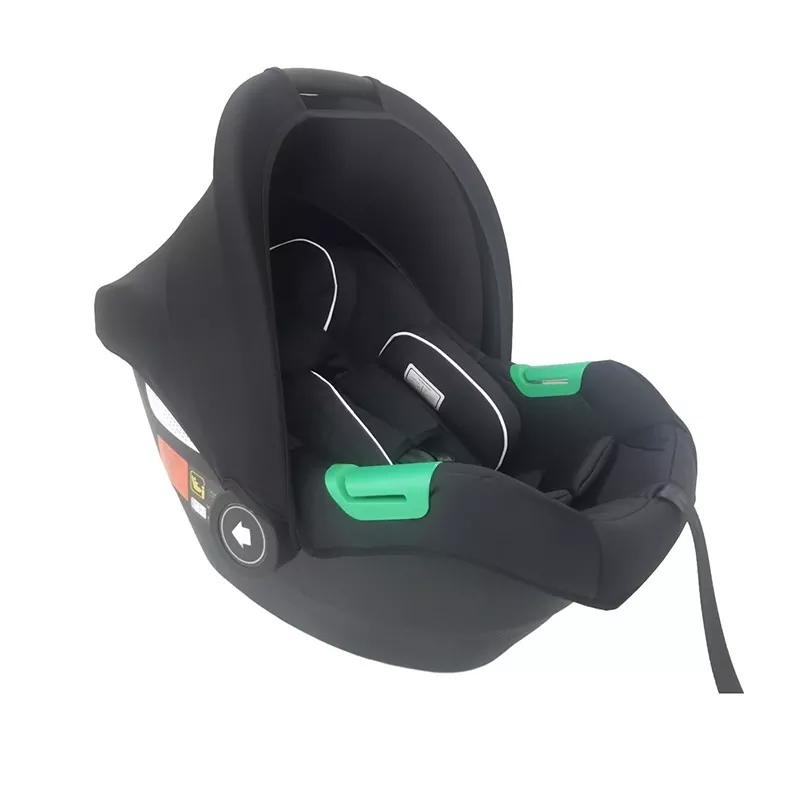The Ultimate Guide to Choosing the Perfect Baby Car Seat
2024-12-11
When it comes to your child’s safety, investing in a high-quality baby car seat is non-negotiable. With a variety of models on the market, finding the right one can feel overwhelming. This guide will help you navigate the options and make an informed decision for your family.

Why a Baby Car Seat is Essential
In many countries, using a baby car seat is a legal requirement. More importantly, these seats provide crucial protection in the event of an accident, significantly reducing the risk of injury.
Types of Baby Car Seats
1. Infant Car Seats:
- Designed for newborns and babies up to 12 months (or until they outgrow the height/weight limit).
- Rear-facing to provide maximum head and neck support.
- Convenient, with a detachable carrier feature.
2. Convertible Car Seats:
- Suitable for infants and toddlers.
- Can transition from rear-facing to forward-facing as your child grows.
- A cost-effective option for long-term use.
3. Booster Seats:
- For older children who have outgrown their convertible seats.
- Positions the car’s seatbelt correctly across the child’s shoulder and lap.
Key Features to Consider
- Safety Standards: Ensure the car seat meets or exceeds local safety regulations.
- Ease of Installation: Look for a seat with clear instructions and easy-to-use latching systems.
- Size and Fit: Match the seat to your child’s height, weight, and age.
- Comfort: Choose seats with ample padding, adjustable straps, and breathable materials.
- Portability: If you’re always on the go, lightweight and easily detachable models are a plus.
Maintenance and Care
To extend the life of your car seat:
- Regularly check for wear and tear.
- Clean spills promptly to prevent stains and odors.
- Follow the manufacturer’s care instructions.
By taking the time to research and choose the right baby car seat, you’re providing your child with the best possible protection. It’s a small step that goes a long way in ensuring your baby’s safety on every journey.


